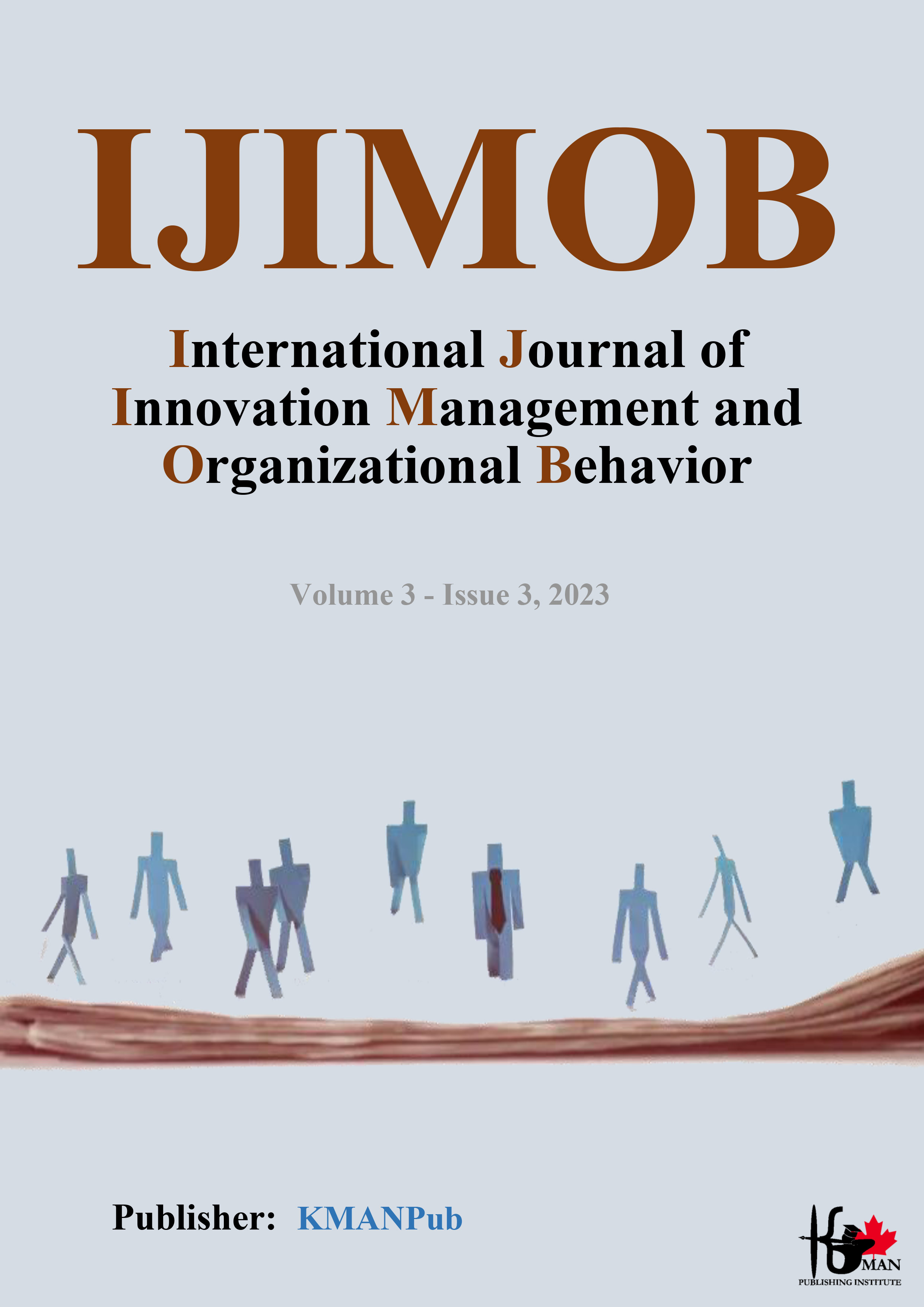Historical Trends in Smart City Governance for the Management of Ancient Urban Centers in Iran: A Case Study of Saqqez Municipality
Keywords:
Urban Governance, Smart Cities, Saqqez Municipality, CLAAbstract
Objective: This study aims to assess the risks and hazards associated with smart city governance in Saqqez Municipality, with a focus on identifying key threats across technological, organizational, and environmental dimensions.
Methodology: The research employed a quantitative approach, using a structured questionnaire distributed among experts within Saqqez Municipality. Data were analyzed using statistical methods, including structural equation modeling (SEM) to assess risk factors and their impacts across different dimensions of smart city governance.
Findings: The findings, derived from the CLA method, indicate that within the three dimensions analyzed, the organizational dimension of smart urban governance in Saqqez Municipality presents the most significant risks and threats. Within the technological dimension, artificial intelligence (0.85), pattern orientation (0.762), smart sensors (0.753), and cybersecurity (0.748) exhibited the highest factor loadings. In the organizational dimension, data preparation (0.754), electronic processes (0.817), and electronic communication (0.753) were identified as having the highest impact percentages.
Conclusion: The research concludes that comprehensive risk management strategies, including the integration of risk management organizations, establishment of a centralized data collection system, ongoing risk assessments, and recruitment of specialized professionals, are essential to enhance the safety, resilience, and sustainability of smart city initiatives in Saqqez Municipality.
Downloads
Downloads
Additional Files
Published
Submitted
Revised
Accepted
Issue
Section
License
Copyright (c) 2023 Lucia Nucci (Author); Akbar Heydari (Corresponding Author); Najmedin Gilani, Saleh Aminpoor, Yang Liu, Mehdi Gheisari (Author)

This work is licensed under a Creative Commons Attribution-NonCommercial 4.0 International License.
















